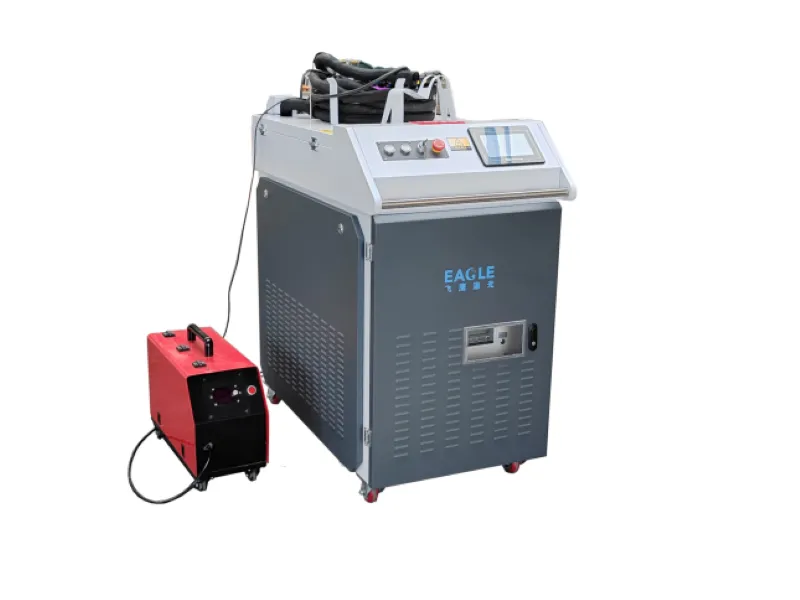Laser welding is a field of metal processing technology that uses lasers and is widely used in various industrial fields such as automobiles, precision equipment, electrical appliances, aerospace, and medical care. Today we will choose from many Laser welding applications, especially in the field of sheet metal processing, Laser welding, and introduce its basic matters.
For the meaning of laser, we may feel a little complicated at first, but in fact, as long as it is understood as “artificial light”, it is correct. Compared with ordinary light such as sunlight and lighting that we see every day, lasers as artificial light have the characteristics of constant “wavelength”, “phase”, and “direction”. By adjusting and using these three elements collectively referred to as “coherence”, lasers can be used for various processing.
Laser welding is a processing method that concentrates a laser that is used as artificial light and illuminates the object, locally melts and solidifies the metal to join the metal. With the introduction of laser welding in the field of sheet metal processing, compared with the arc welding of previous processing methods, it has the advantages of easy suppression of thermal deformation, easy management of welding conditions, and no obvious weld channels.

The principle of laser welding:
In laser welding, a laser oscillator is used to generate a laser that becomes a heat source, and it is expanded, and optical fiber is used for transmission, and the light is first transported to the vicinity of the workpiece. A laser processing head is required at this stage. A lens is provided inside the laser processing head to concentrate the transmitted laser light into a state suitable for processing. By concentrating the light with the help of a lens, the light energy can be concentrated in a smaller area, and the higher energy of the molten metal can be obtained.In order to prevent the oxidation of molten metal, protective gases such as argon and nitrogen are usually blown while welding.
Laser welding can achieve two birds with one stone in welding strength and aesthetics. It is a bonding method with many advantages such as low deformation welding of thin plates and easy condition management. However, on the other hand, there are also disadvantages such as poor gap processing capacity and not good at surfacing. Please pay attention to the following points for the know-how of clever use of laser welding:
1. Improve the accuracy of the bending process, set up fixtures, and weld after creating a seamless state.
2. If the skilled person is asked in advance to provide processing conditions and register the method, the unskilled person can easily reproduce the processing.
3. If the drawings premised on previous processing methods such as TIG welding are kept unchanged, and the processing method is only changed to laser welding, it will be difficult to successfully complete the processing. Sometimes you can consider studying and changing the design.
If you want to maximize the advantages of laser welding such as strength and aesthetics, it is recommended to design on the premise of laser welding from the design stage.
The biggest advantage of laser welding is that it can weld thin plates with low deformation. Moreover, unskilled people can also weld, so it is possible to greatly improve the welding process that used to rely on the skills of craftsmen. As long as its shortcomings can be correctly understood and dealt with appropriately, the only remaining advantages are the advantages. Please make the most of the advantages of laser welding.

